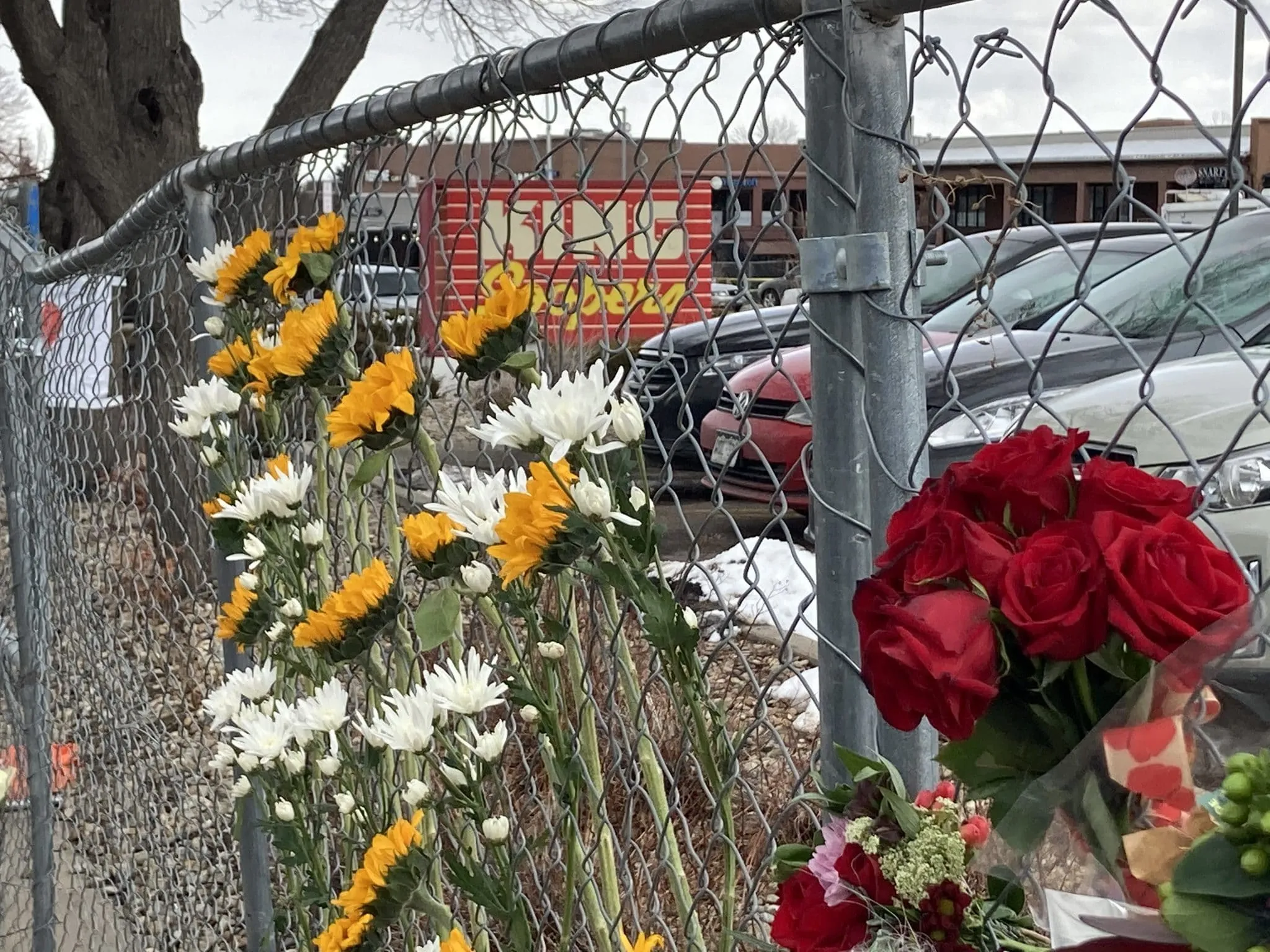Stakeholder process to clarify asbestos regulation
Asbestos regulation involves one of the most far-reaching environmental regulatory programs. Colorado’s program establishes requirements for owners of all types of buildings from commercial space, to apartment complexes, to (once again) single-family residences. Moreover, disturbing an area as small as a sheet of drywall can trigger these obligations.
Two basic asbestos characteristics account for this extensive regulatory reach: 1) It was used for years in a wide variety of building materials; and 2) Its connection to serious adverse health effects is well established. These characteristics create a rather unique regulatory challenge since the…
THIS ARTICLE IS FOR SUBSCRIBERS ONLY
Continue reading for less than $3 per week!
Get a month of award-winning local business news, trends and insights
Access award-winning content today!




